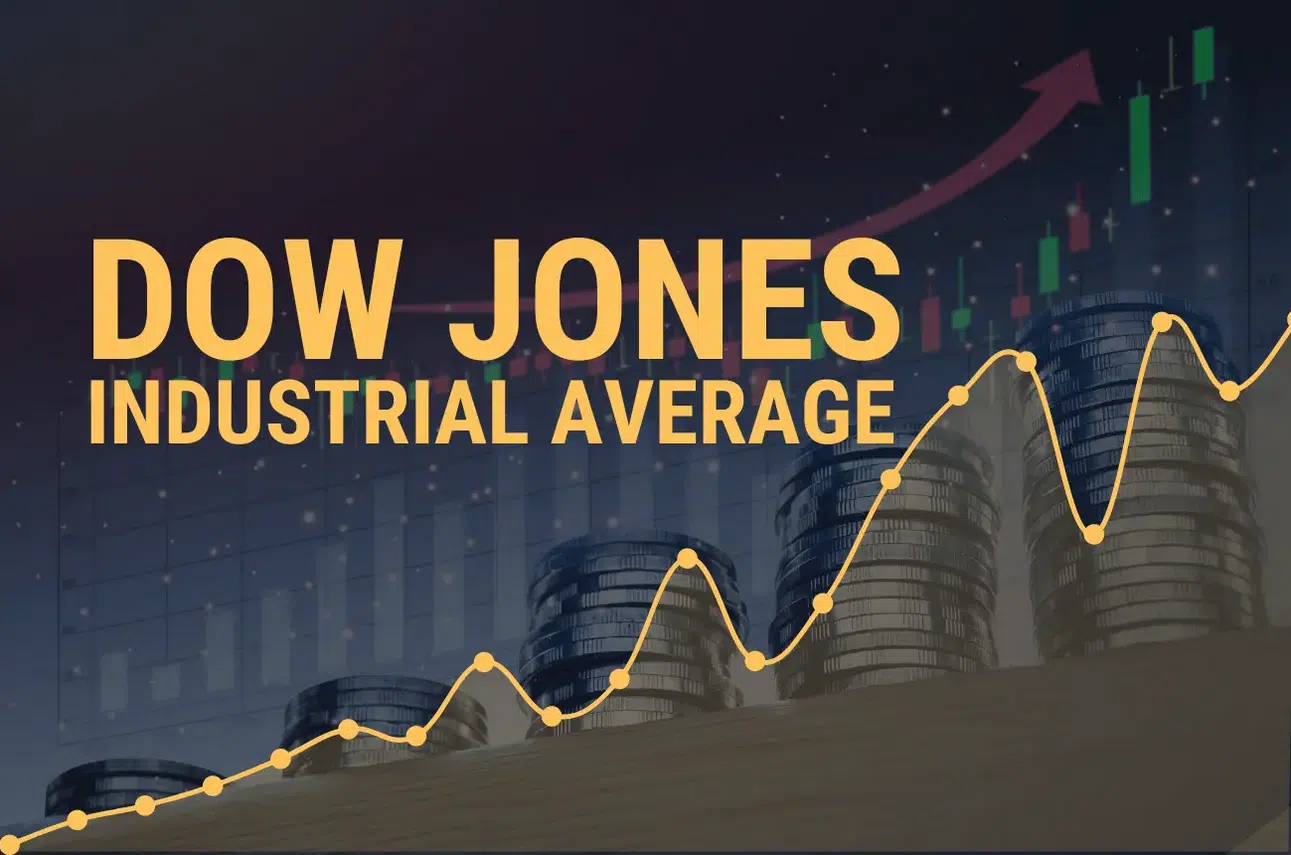The Dow Jones Industrial Average made a striking comeback on Thursday, surging by 260 points as investors found renewed confidence in the face of encouraging U.S. economic data. This unexpected rally alleviated fears of a potential economic downturn, setting a more optimistic tone for market participants.
Surprising Economic Data Boosts Confidence
Recent U.S. economic indicators have surpassed expectations, offering a vital boost to investor confidence. In August, Durable Goods Orders surprised many by remaining unchanged at 0.0%, significantly outperforming the anticipated 2.6% decline. This stability in orders for long-lasting goods suggests that businesses continue to invest in equipment and infrastructure, signaling resilience in critical sectors of the economy. Meanwhile, Initial Jobless Claims fell to 218,000, better than the forecasted 225,000, pointing to a robust labor market where job security remains strong.
These figures collectively underscore a solid foundation within the U.S. economy, alleviating some of the prevailing fears of an impending recession. The steadiness in Durable Goods Orders indicates that manufacturers maintain a positive outlook, potentially leading to sustained production levels and job growth. Similarly, the decline in jobless claims reflects an economy that is absorbing workers efficiently, further bolstering consumer confidence and spending.
The positive momentum from these indicators also hints at a broader economic resilience, even amidst global uncertainties. As investors digest these data points, the sentiment shifts towards a more optimistic economic outlook, reducing anxiety about severe economic downturns. With the U.S. economy demonstrating its underlying strength, policymakers and market participants may find reassurance in the potential for continued growth despite external challenges. This nuanced perspective on the economic landscape highlights a promising path forward, suggesting that the U.S. is well-positioned to navigate potential headwinds.
Federal Reserve’s Strategic Rate Cut
The Federal Reserve’s recent decision to cut interest rates by 50 basis points prompted initial concerns about the underlying health of the U.S. economy. Market participants speculated that such a decisive move might indicate looming recessionary pressures. However, these fears were alleviated when Fed Chair Jerome Powell addressed the rationale behind the rate cut, emphasizing that it was primarily a strategic measure to bolster the labor market rather than a response to immediate economic threats.
Powell’s clarification played a crucial role in calming the markets. By framing the rate cut as a proactive step to sustain employment growth and support consumer spending, he reassured investors that the Federal Reserve was not reacting to any immediate downturn. This perspective helped restore confidence, signaling that the central bank was committed to maintaining economic stability.
In addition to Powell’s explanations, a series of positive economic indicators further contributed to stabilizing investor sentiment. Reports showcasing robust job growth, steady consumer spending, and resilient manufacturing output provided evidence that the economy remained on firm ground. These data points underscored the narrative that the rate cut was a precautionary measure aimed at fostering a conducive environment for continued economic expansion.
The interplay between the Federal Reserve’s monetary policy actions and positive economic data highlights the complex dynamics influencing investor confidence. By addressing concerns transparently and presenting a clear rationale for policy adjustments, the Federal Reserve has managed to navigate potential market volatility and reinforce its commitment to supporting the U.S. economy through measured strategic interventions.
Industrial Sector Leads the Rally
Industrial giants have been instrumental in steering the market toward recovery, playing a pivotal role in the recent upturn observed on Thursday. Among these, Caterpillar emerged as a critical player, witnessing a notable increase in its share price, which climbed by 3.6% to approximately $392. This surge can be attributed to China’s recent announcement of an extensive stimulus package designed to invigorate its housing and construction sectors.
The stimulus package, a strategic move by China, aims to revitalize economic growth by injecting significant financial resources into infrastructure development and residential projects. This initiative directly impacts companies like Caterpillar, which are integral to the construction and heavy machinery industries. As a global leader in manufacturing construction and mining equipment, Caterpillar stands to gain substantially from increased demand driven by China’s renewed focus on its construction sector.
The connection between the stimulus package and market dynamics is clear. By bolstering activity in the housing and construction sectors, China not only aims to stabilize its domestic economy but also creates ripple effects that extend to global markets. For companies like Caterpillar, this translates into heightened opportunities for sales and expansion, as the demand for construction machinery and equipment is poised to rise.
This development underscores the interconnected nature of global markets, where policy shifts in major economies can have profound impacts on multinational corporations. As such, Caterpillar’s share increase reflects investor optimism about the potential for growth and profitability in the wake of China’s stimulus measures. The company’s ability to capitalize on these opportunities will be crucial in sustaining its momentum and contributing to broader market recovery efforts.
Anticipation Builds for Future Economic Reports
Market focus now shifts to upcoming economic reports, particularly the Personal Consumption Expenditure (PCE) inflation data. These insights will be crucial in assessing the Federal Reserve’s recent policy decisions and shaping future economic strategies.
In conclusion, while Dow Jones has demonstrated a remarkable recovery, its continued growth will depend on forthcoming economic developments and the broader global market environment.


